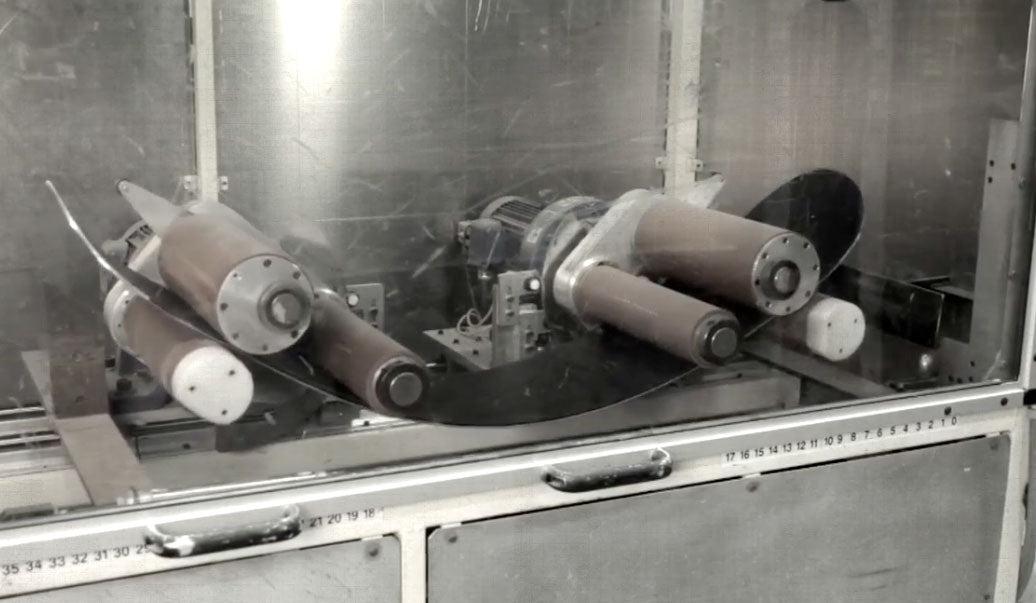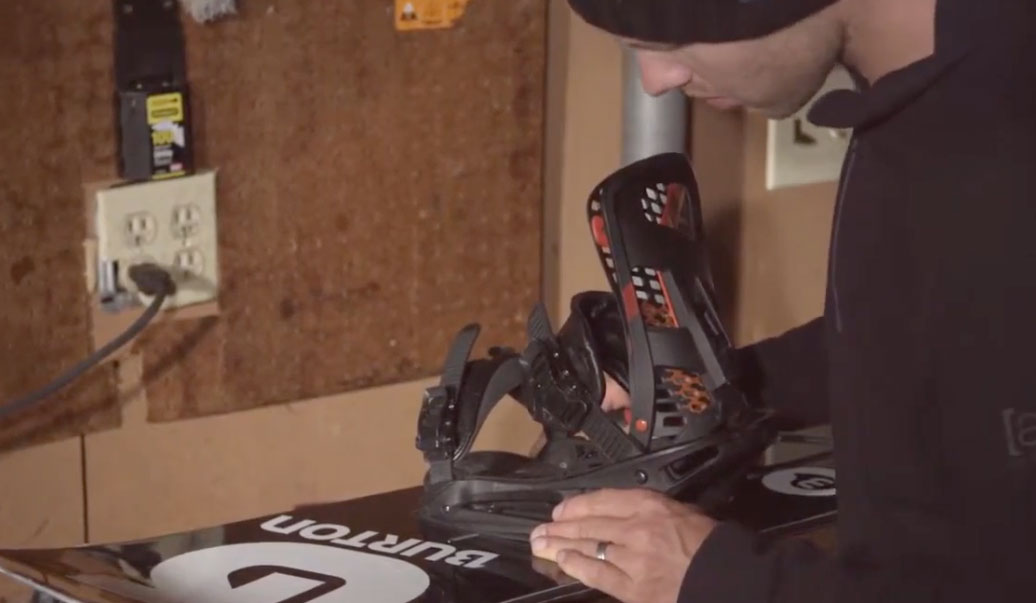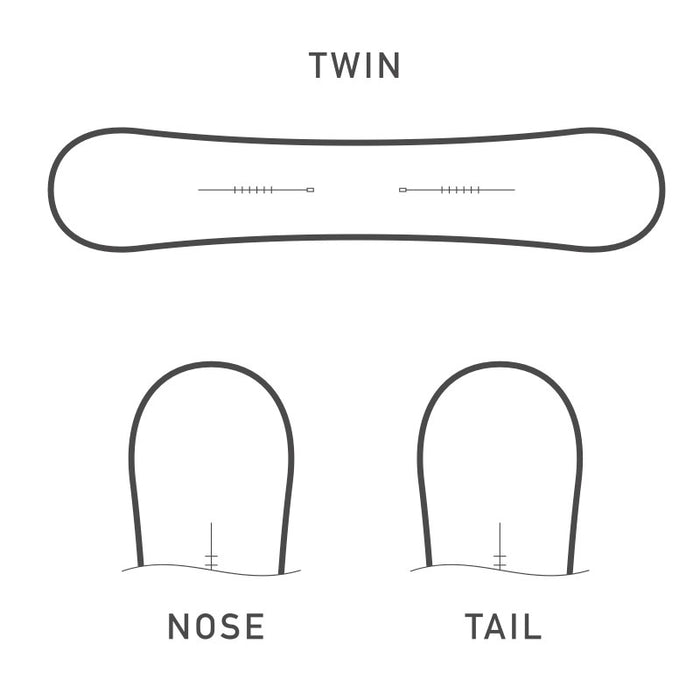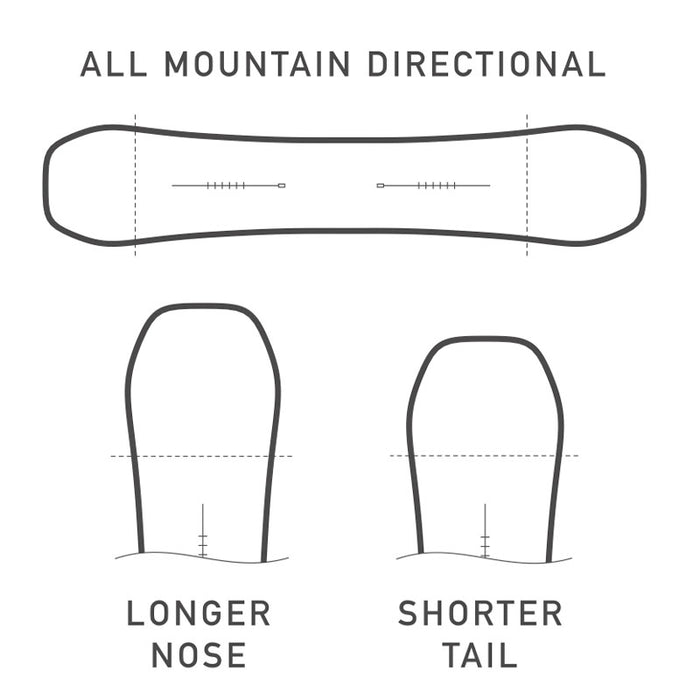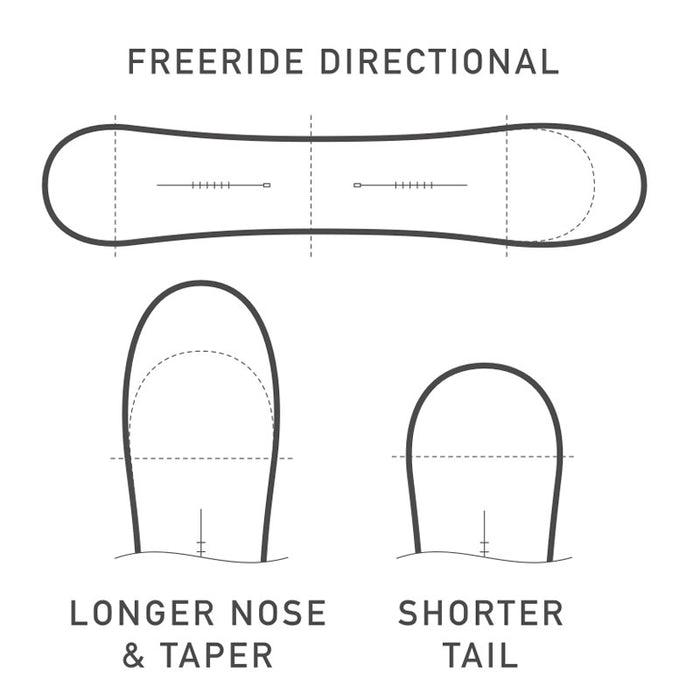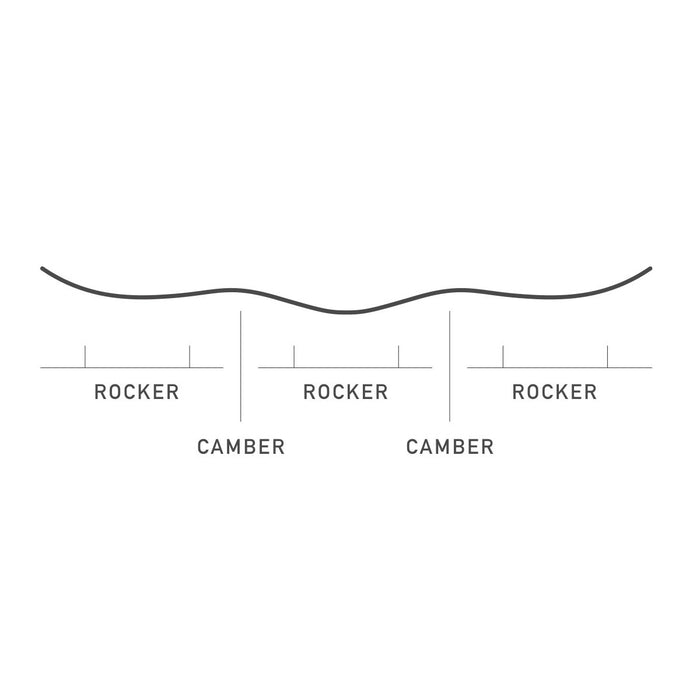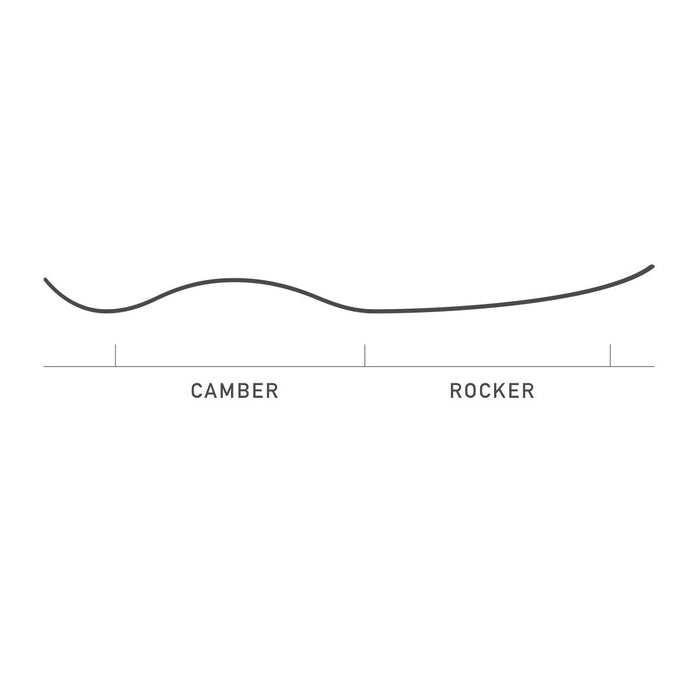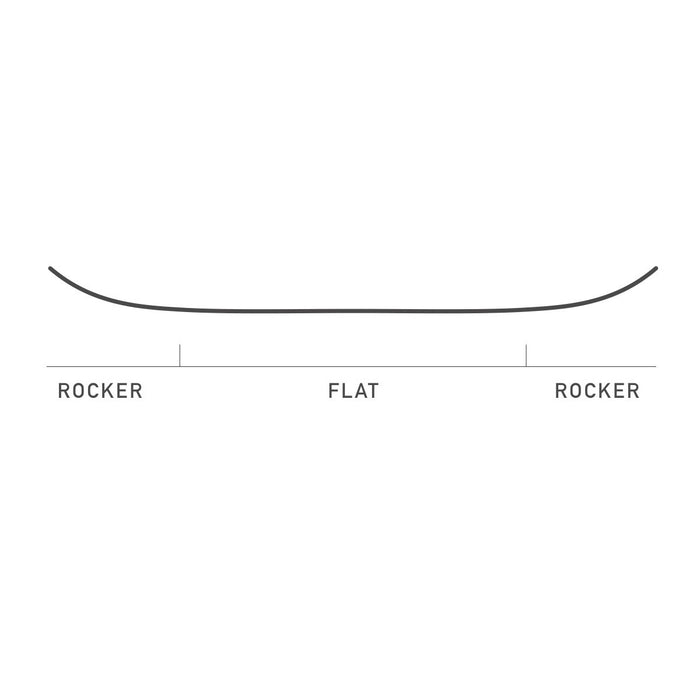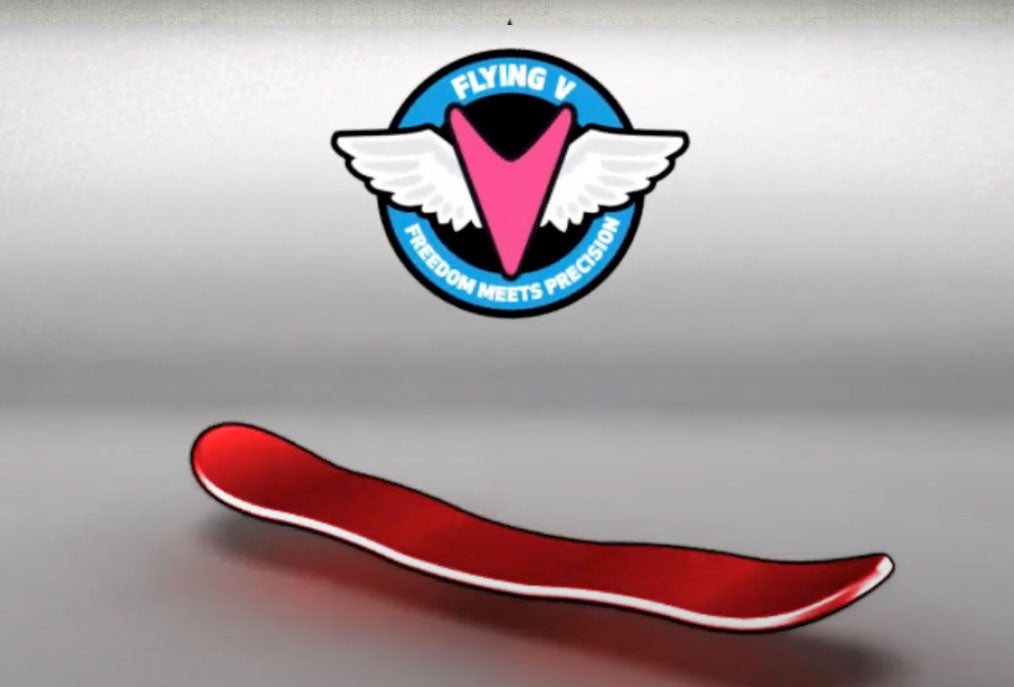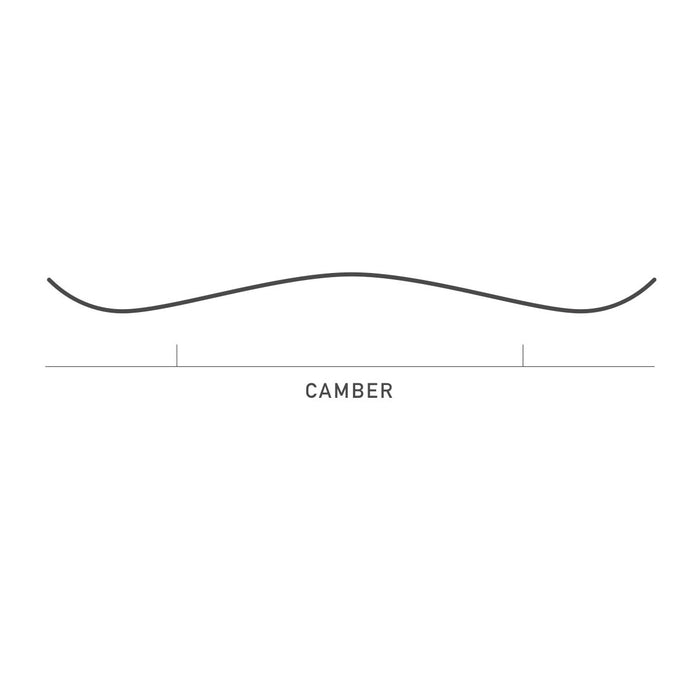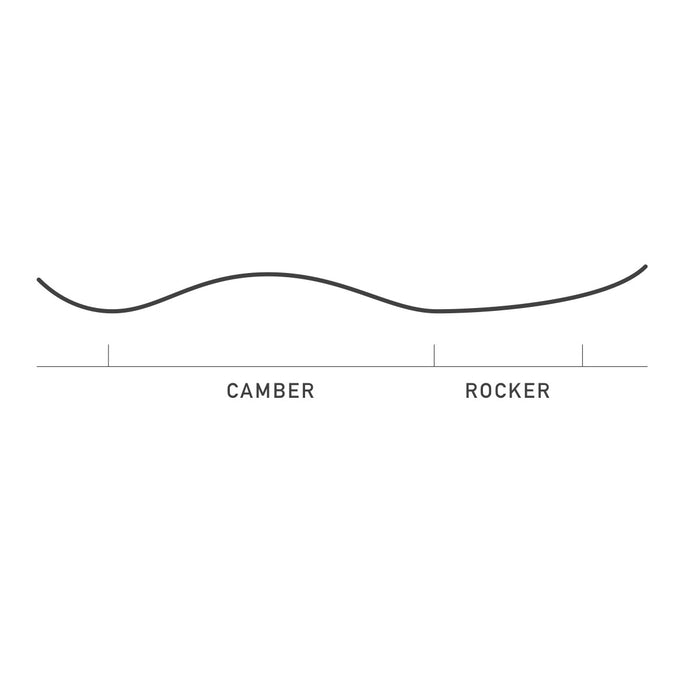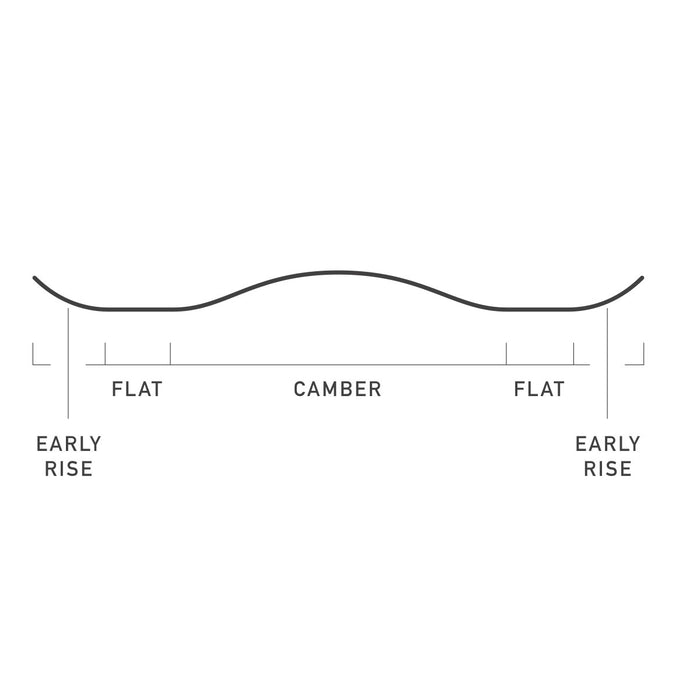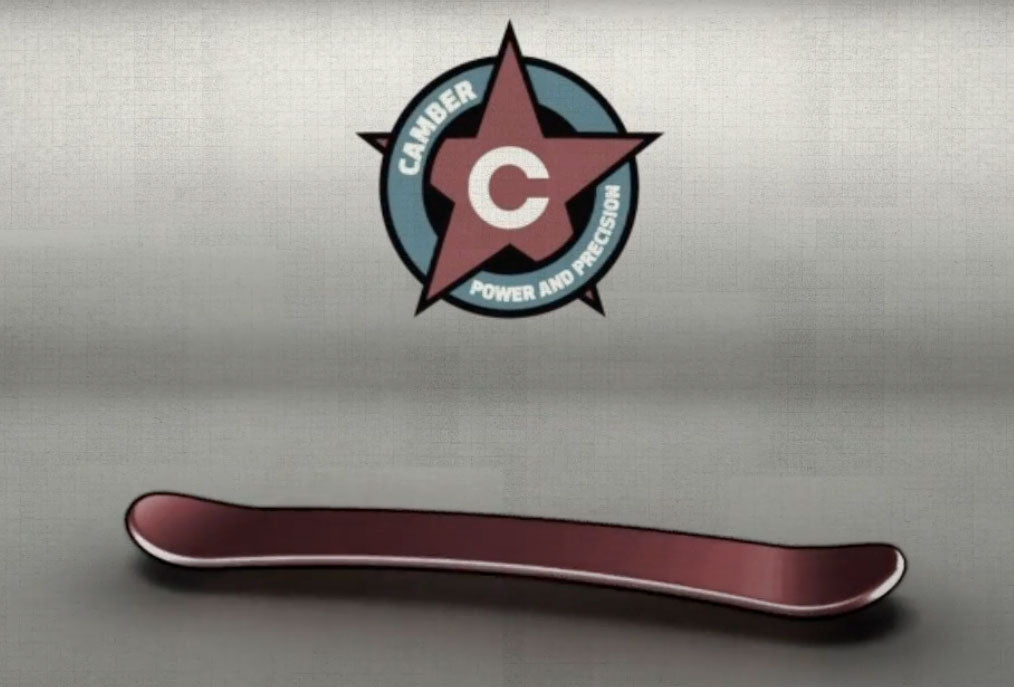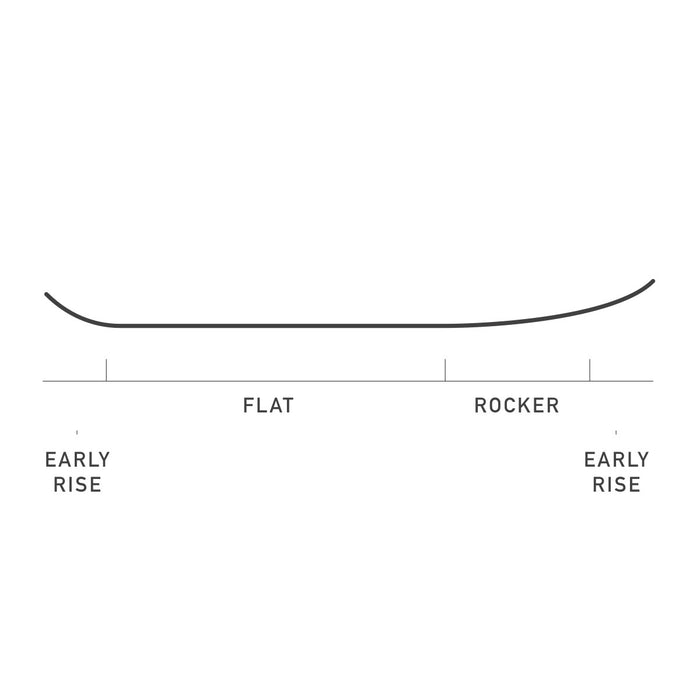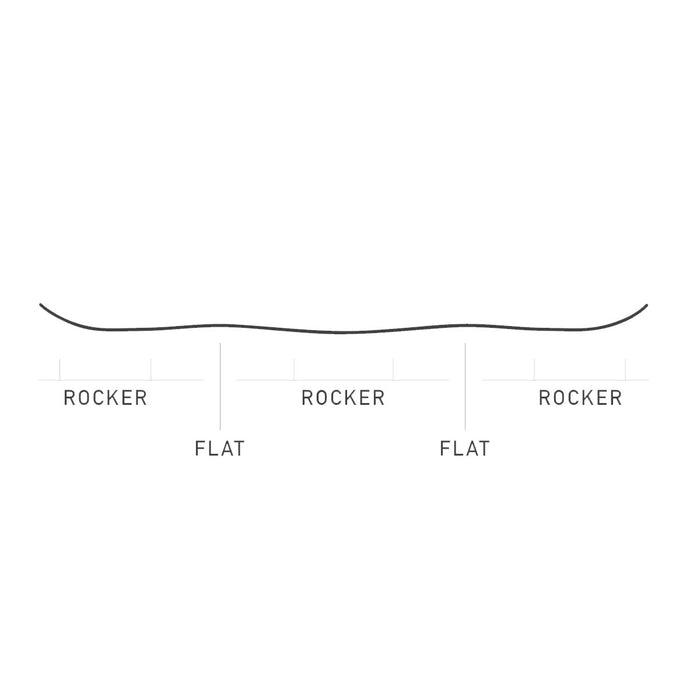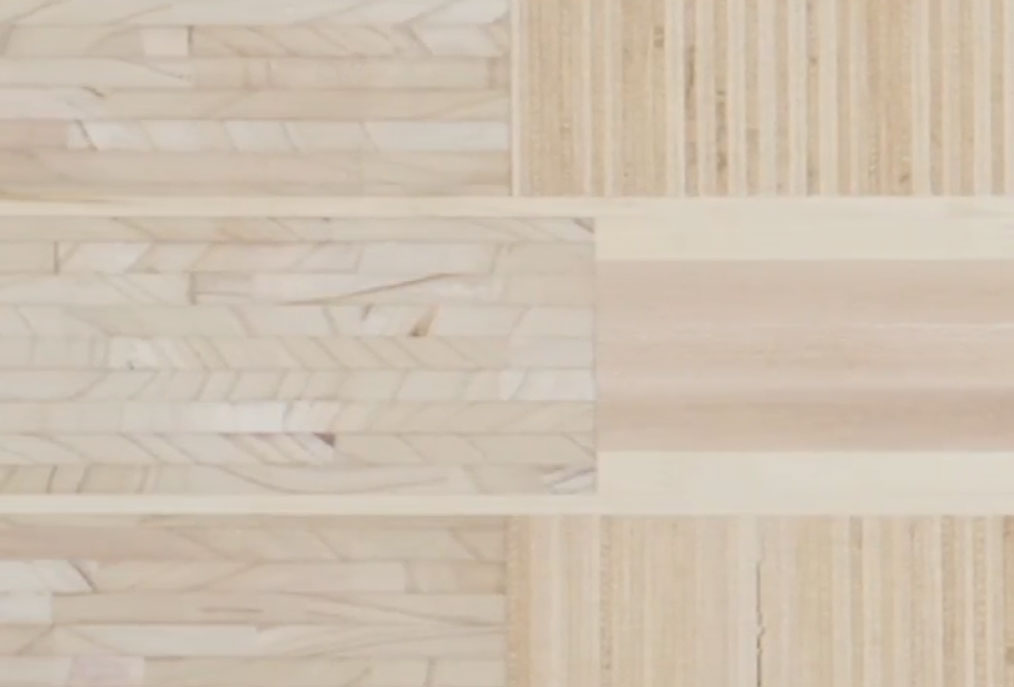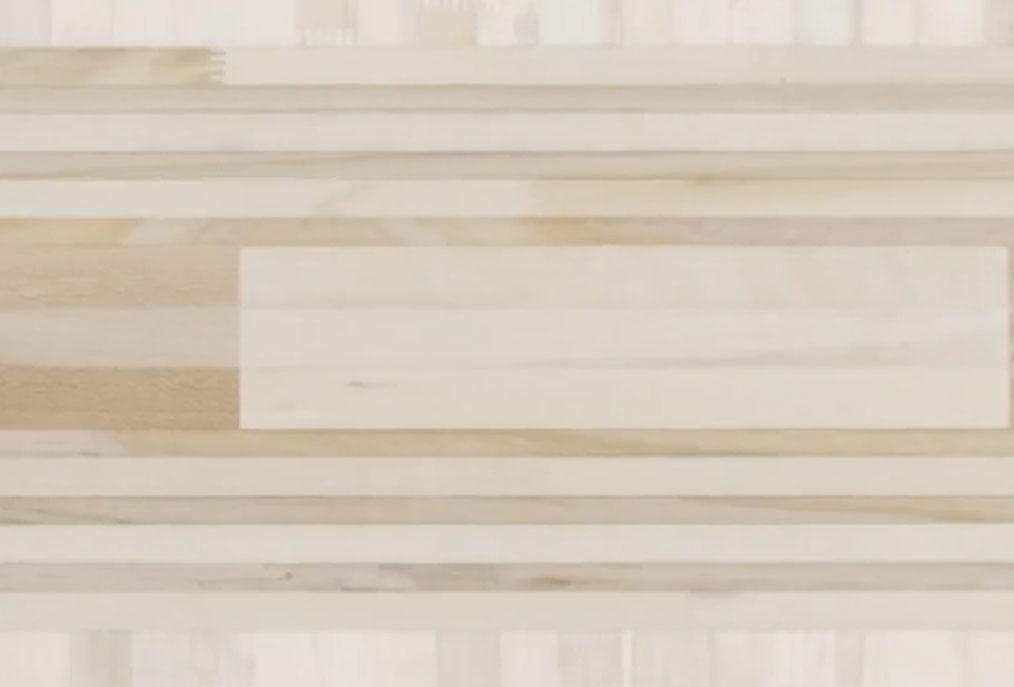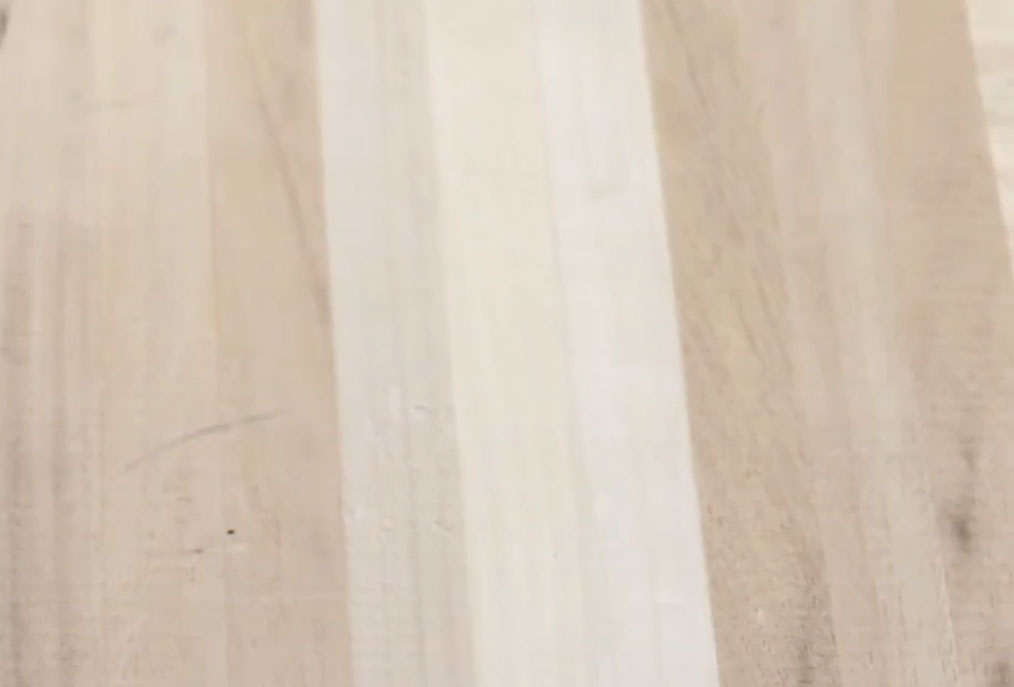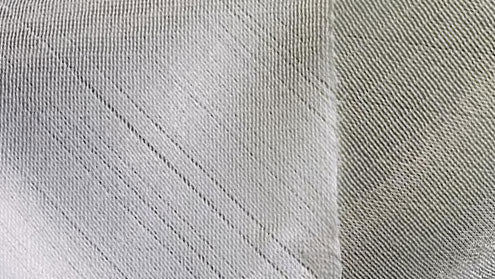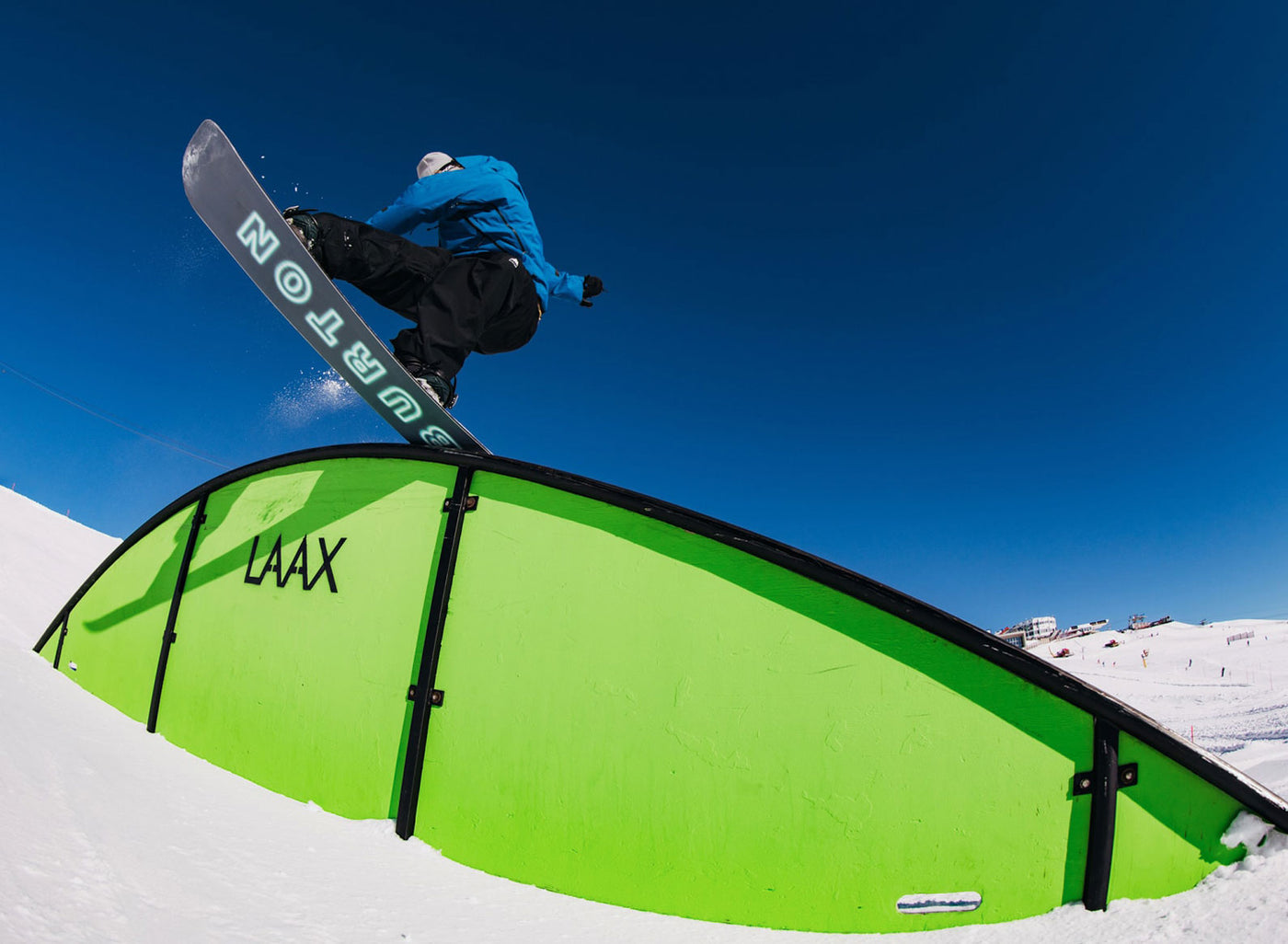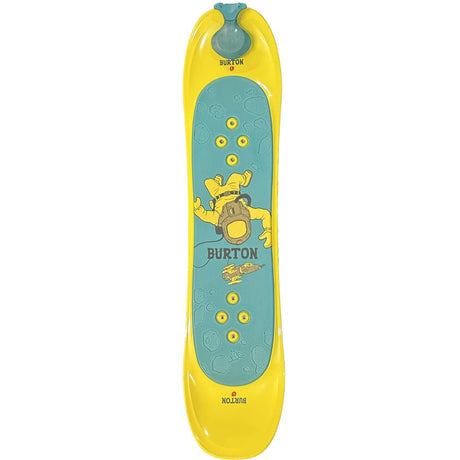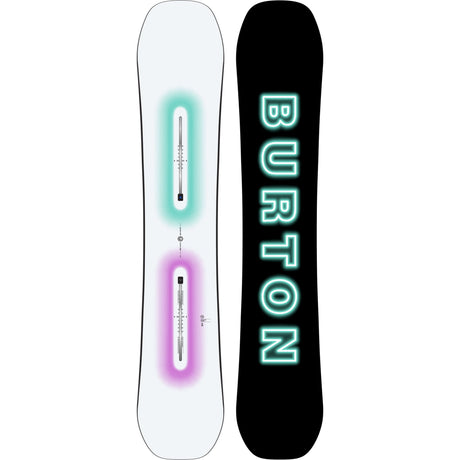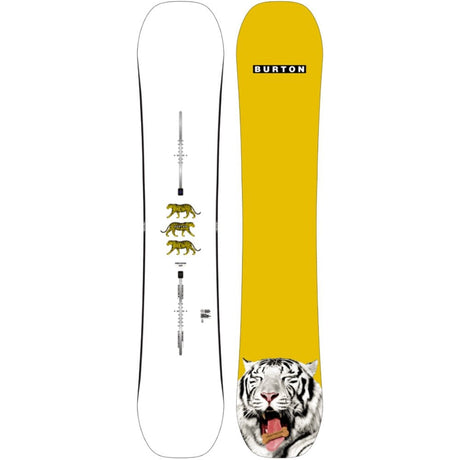INFINITE RIDE™
Breaking the board in for you..,
WHAT IS THE CHANNEL™
Stronger, faster, easier, and more adjustable
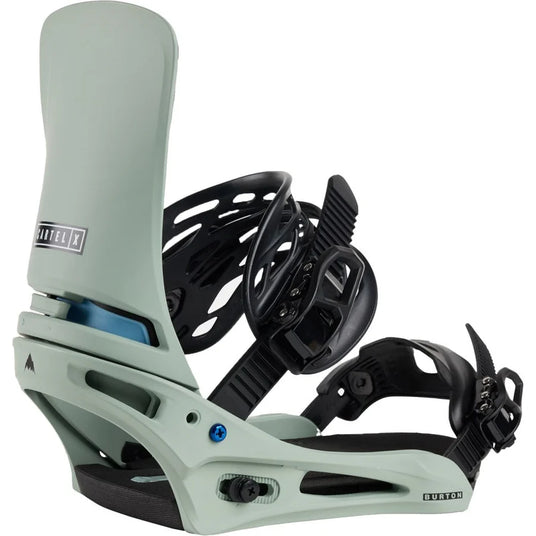
What about the Burton Channel System, can I ride non-Burton bindings with the Channel?
Burton use The Channel™ on their snowboards as the interface to mount snowboarding bindings. The Majority of current snowboard bindings on the market today work with The Channel™ but you may need conversion discs. Please give us a call if you are unsure what Snowboard Bindings you need. (All Burton Bindings that we stock work with The Channel™ without purchasing additional discs).
A point to note in regard to Burton bindings is that there are two distinct versions - Re:Flex Bindings and EST Bindings. ALL Burton Re:Flex bindings are compatible with ALL current boards on the market (both Burton and non-Burton boards), whereas EST Bindings will only fit Burton boards with The Channel™, there is no conversion option for these bindings, they will only ever fit snowboards with The Channel™ (we do not stock EST Bindings)
BINDING MOUNTING - The Channel™
All current Burton Snowboards use The Channel™
BINDING MOUNTING - 4x4
All current non-Burton boards use a 4x4 mount
Snowboard Shapes: the shape of your snowboard plays an important role in how it rides.
SNOWBOARD BENDS: The days of only having Camber snowboards are over, there are loads of different board bends to choose from, all with differing riding characterictics...
FLYING V™
The best of both worlds...
Camber
Old School Camber...
Dragonfly™
Lighter weight woods without sacrificing strength
Super Fly II™
Stronger and lighter woods
Super Fly®
Dual-species wood core
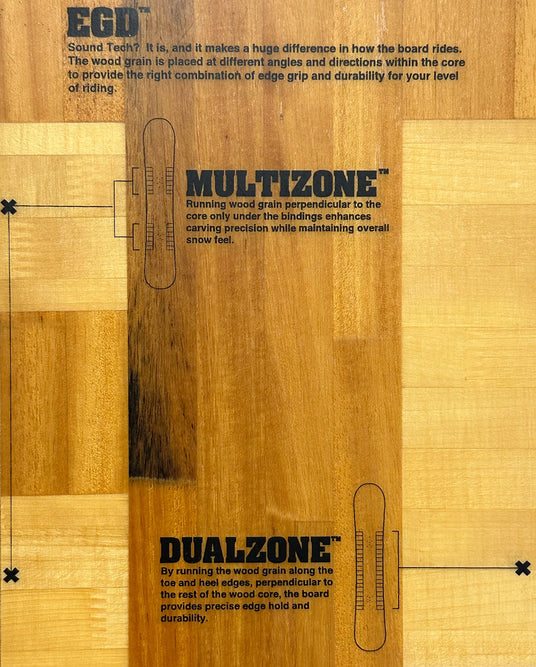
EGD: Engineered Grain Direction
A Burton exclusive. Manipulating the angles and direction of wood grain placement within the core results in superior edge-hold, response, and durability.
MULTIZONE™ EGD™
In four separate zones, the wood grain is perpendicular to the core adjacent to The Channel™—the area from which a rider’s power emanates—for ultimate strength and edge control.
DUALZONE™ EGD™
The wood grain is positioned along the toe and heel edges on two continuous zones, perpendicular to the rest of the wood core, for consistent edge-hold and added strengt
Fiberglass
Biaxial Vs Trixial
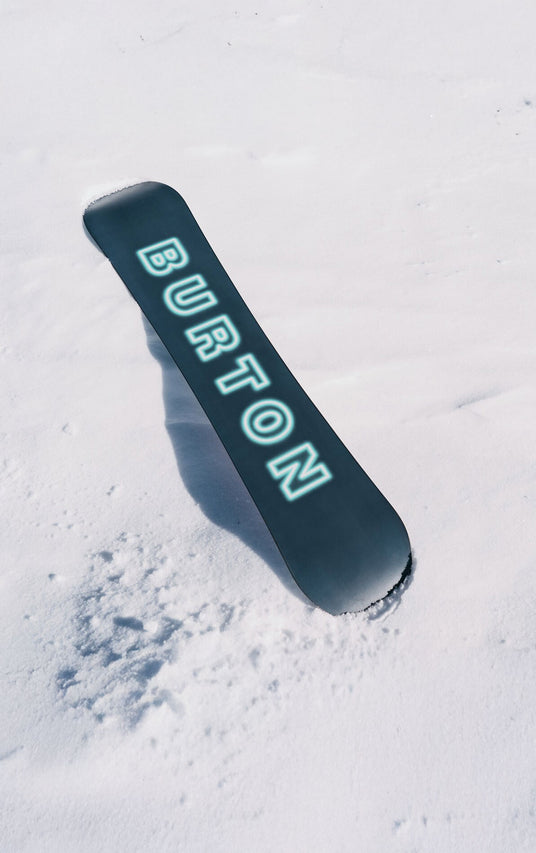
Burton’s Snowboard Base Lineup
Burton uses four types of bases across its lineup:
- Extruded – Solid performance, low maintenance
- Sintered – Durable and faster with better wax absorption
- WFO (Wide F*ckin’ Open) – Sintered base infused with wax for lasting speed and durability
- Methlon – A premium sintered base that’s fast, tough, and needs less upkeep
Almost every modern snowboard base is made from a material called ultra-high molecular weight polyethylene (UHMWPE). Most riders just call it P-Tex. There are two main types:
- Extruded bases
- Sintered bases
Even though they’re made from the same stuff, the way they’re processed makes a big difference in how they perform on snow..
Extruded Bases
- Plastic is melted into a liquid and pushed through a machine to form sheets.
- It’s simple, affordable, and the base ends up being easy to maintain and repair.
- But because it's melted down fully, it has a lower molecular weight—so it's not quite as durable or fast.
Sintered Bases
- Plastic pellets are compressed with heat and pressure but not fully melted.
- This keeps the molecular structure more intact, resulting in a base that's faster, tougher, and holds wax better.
- But it also takes more effort to maintain.

